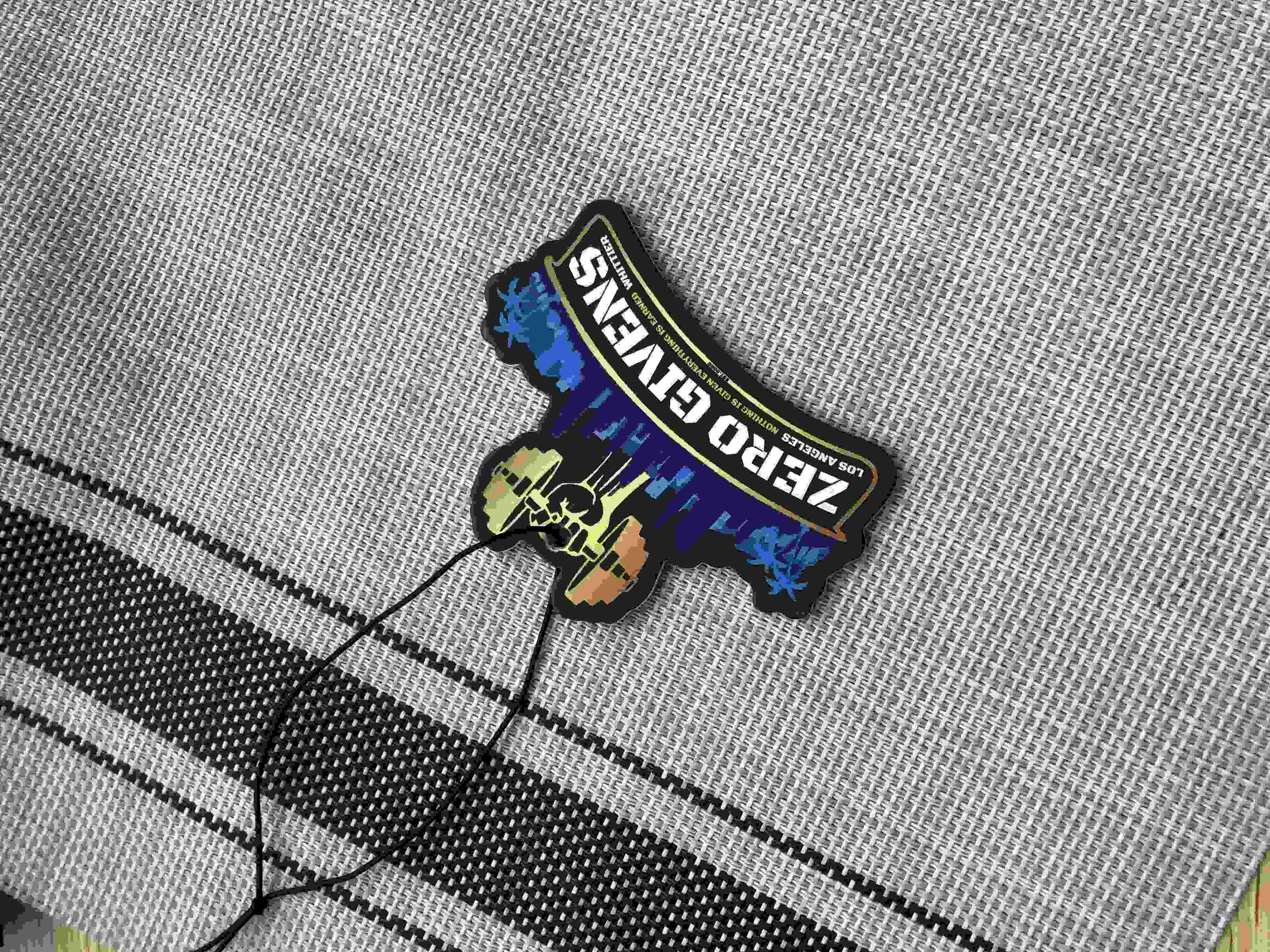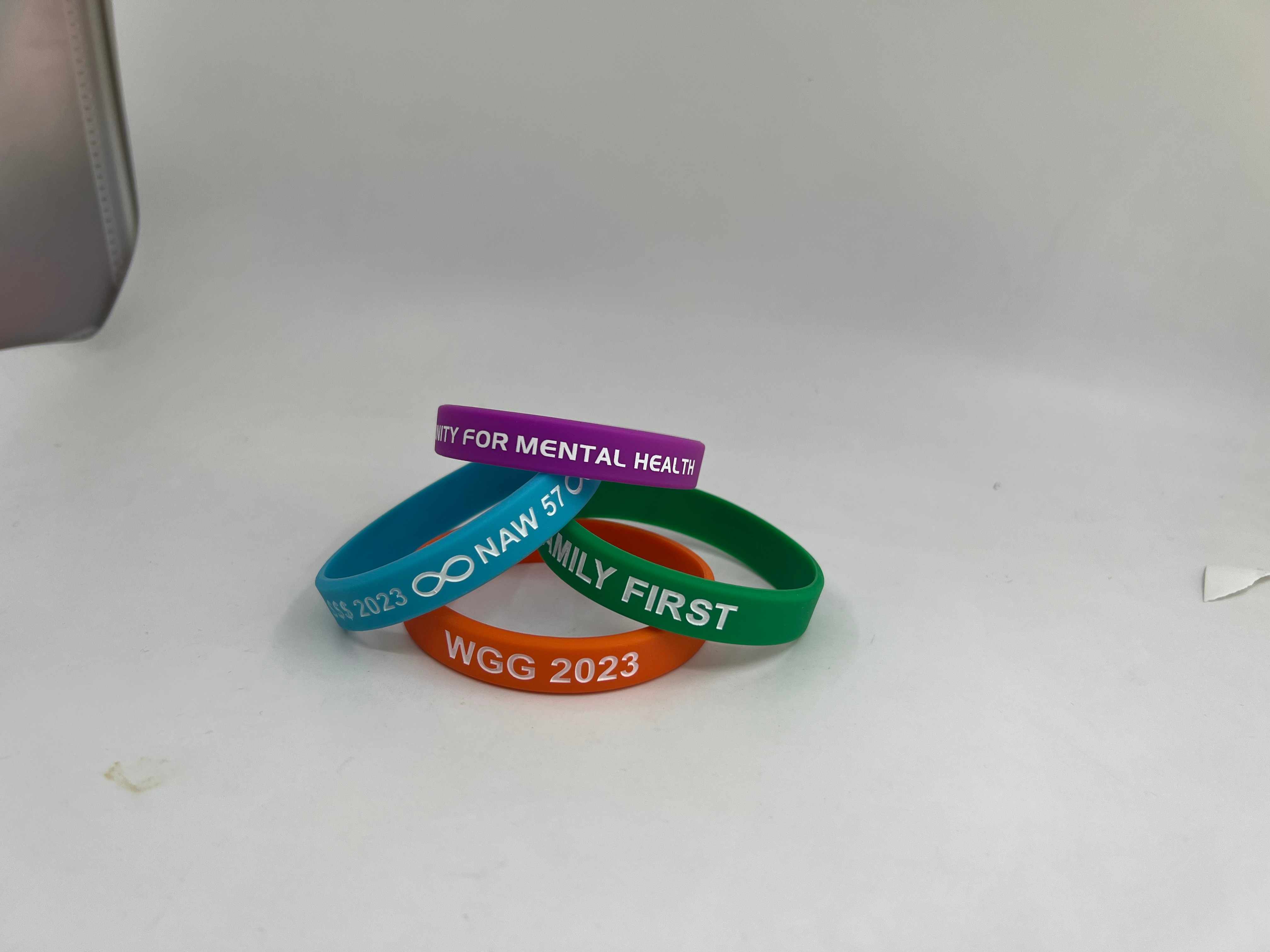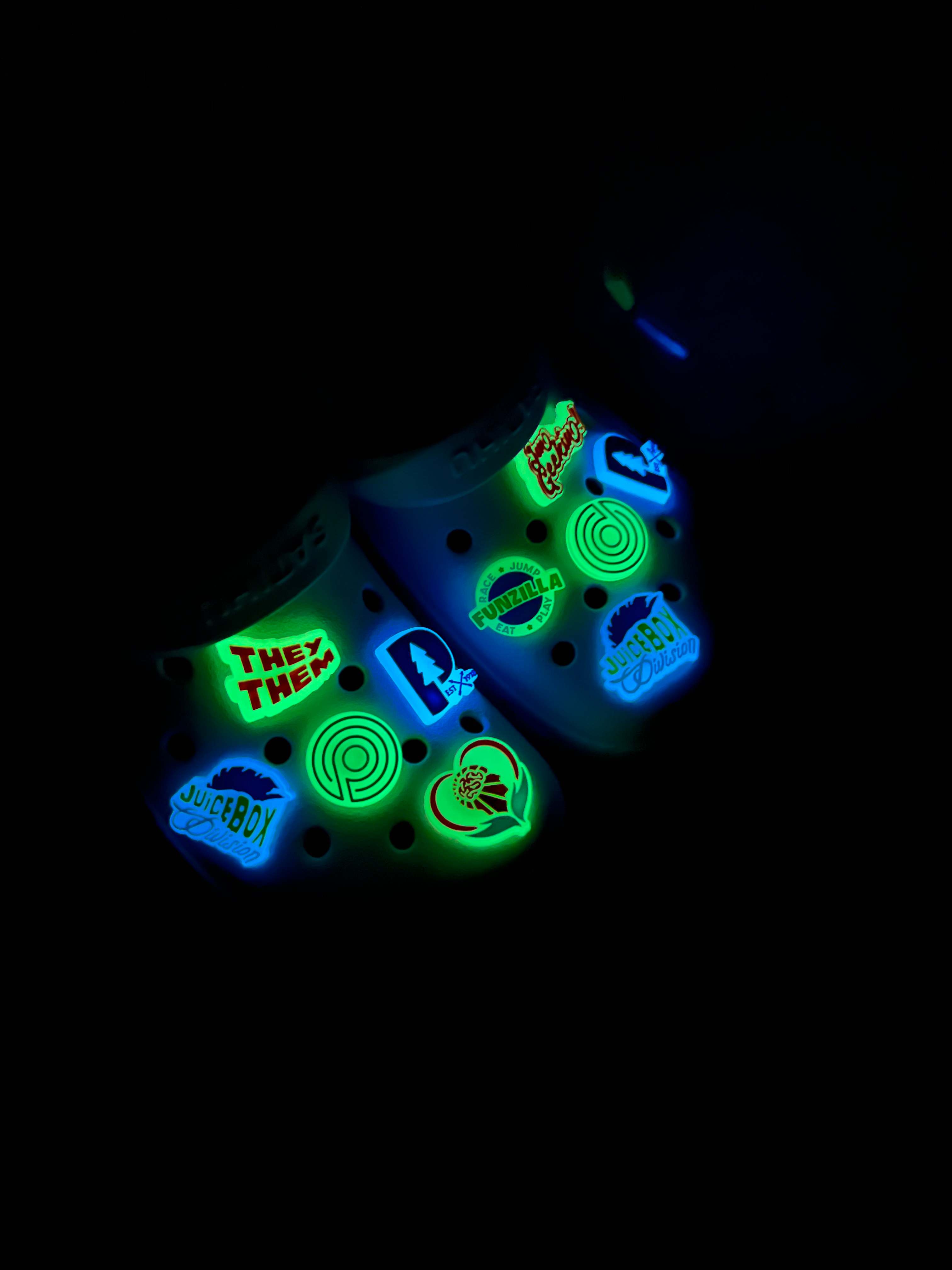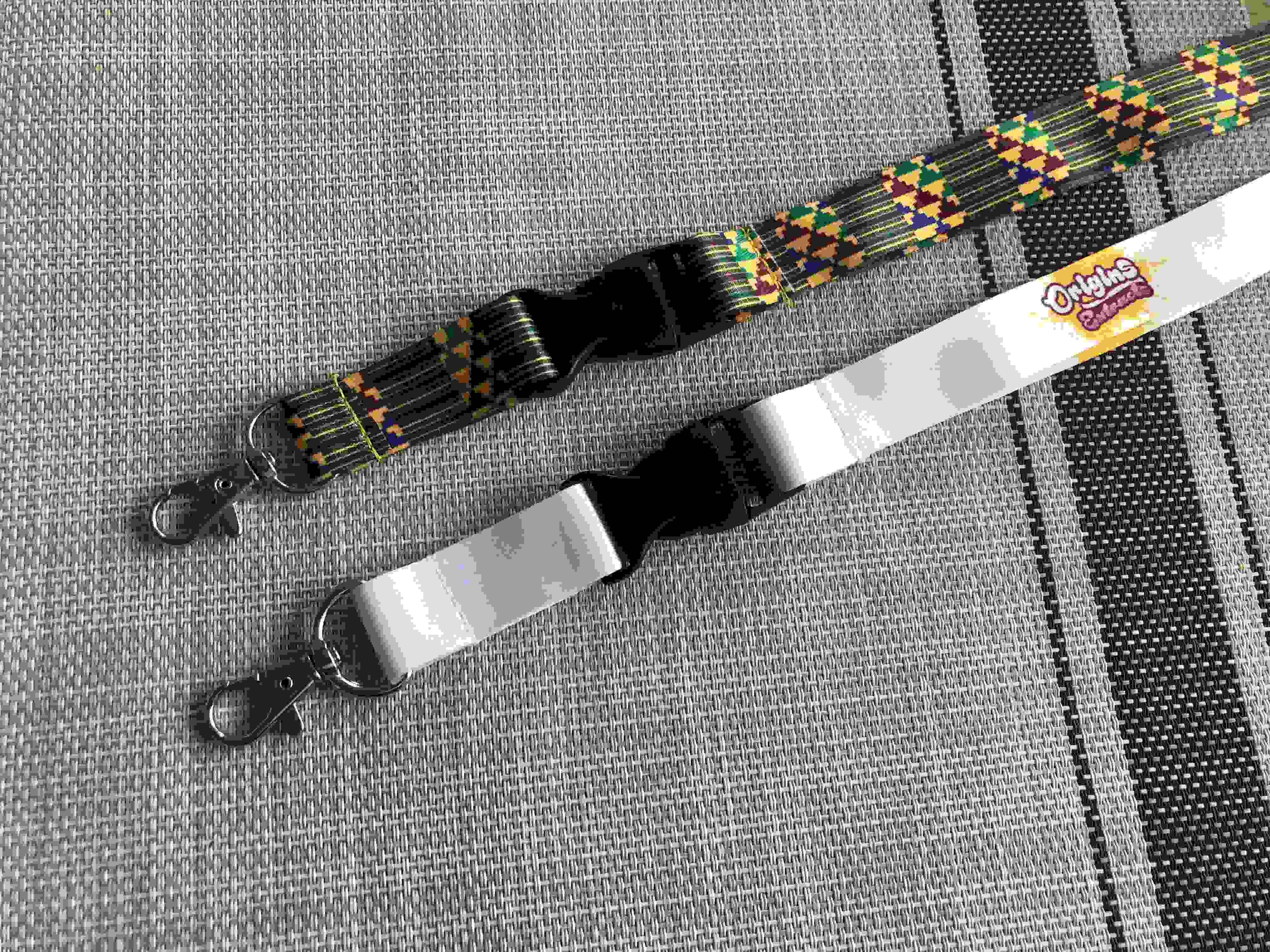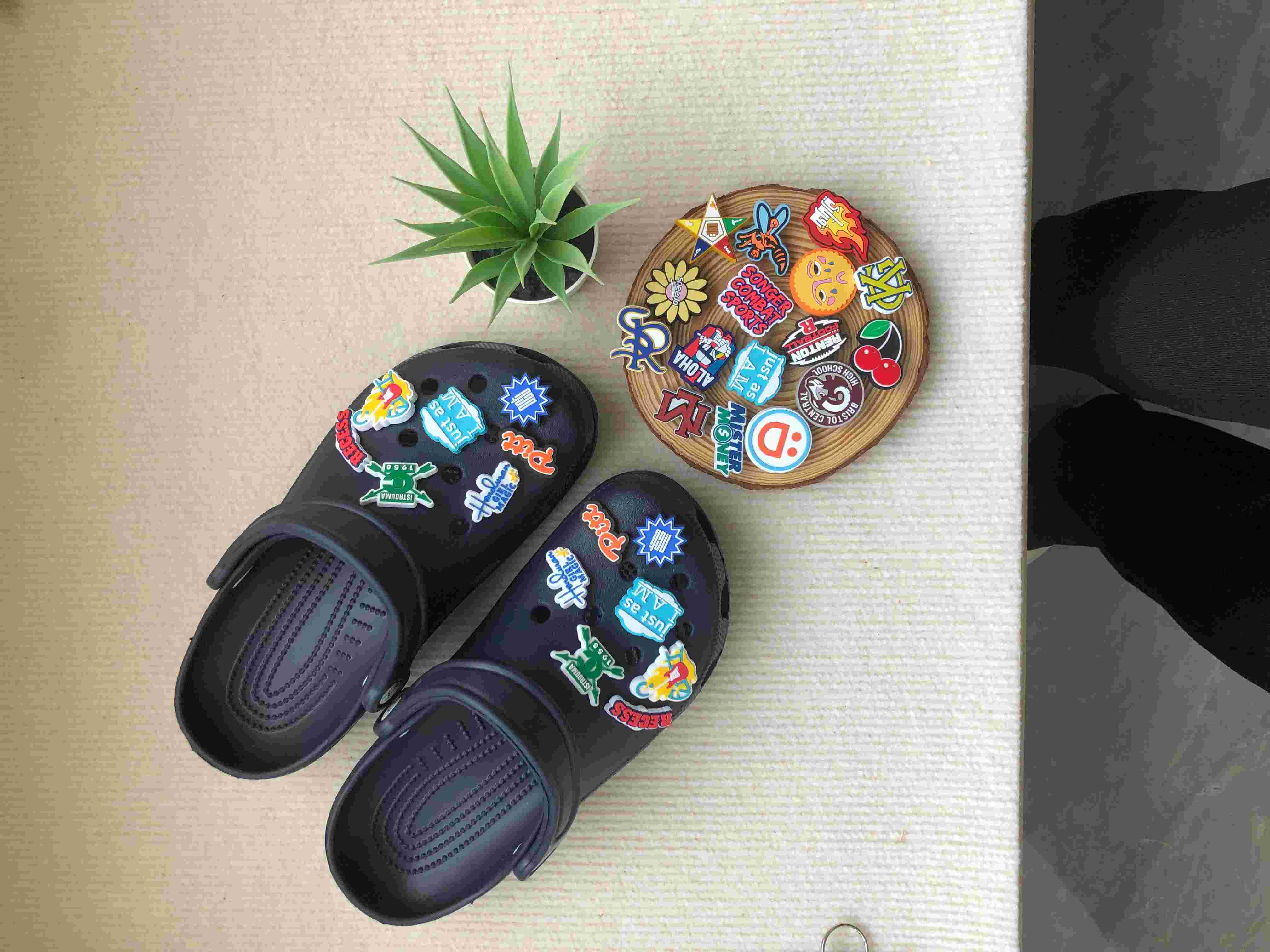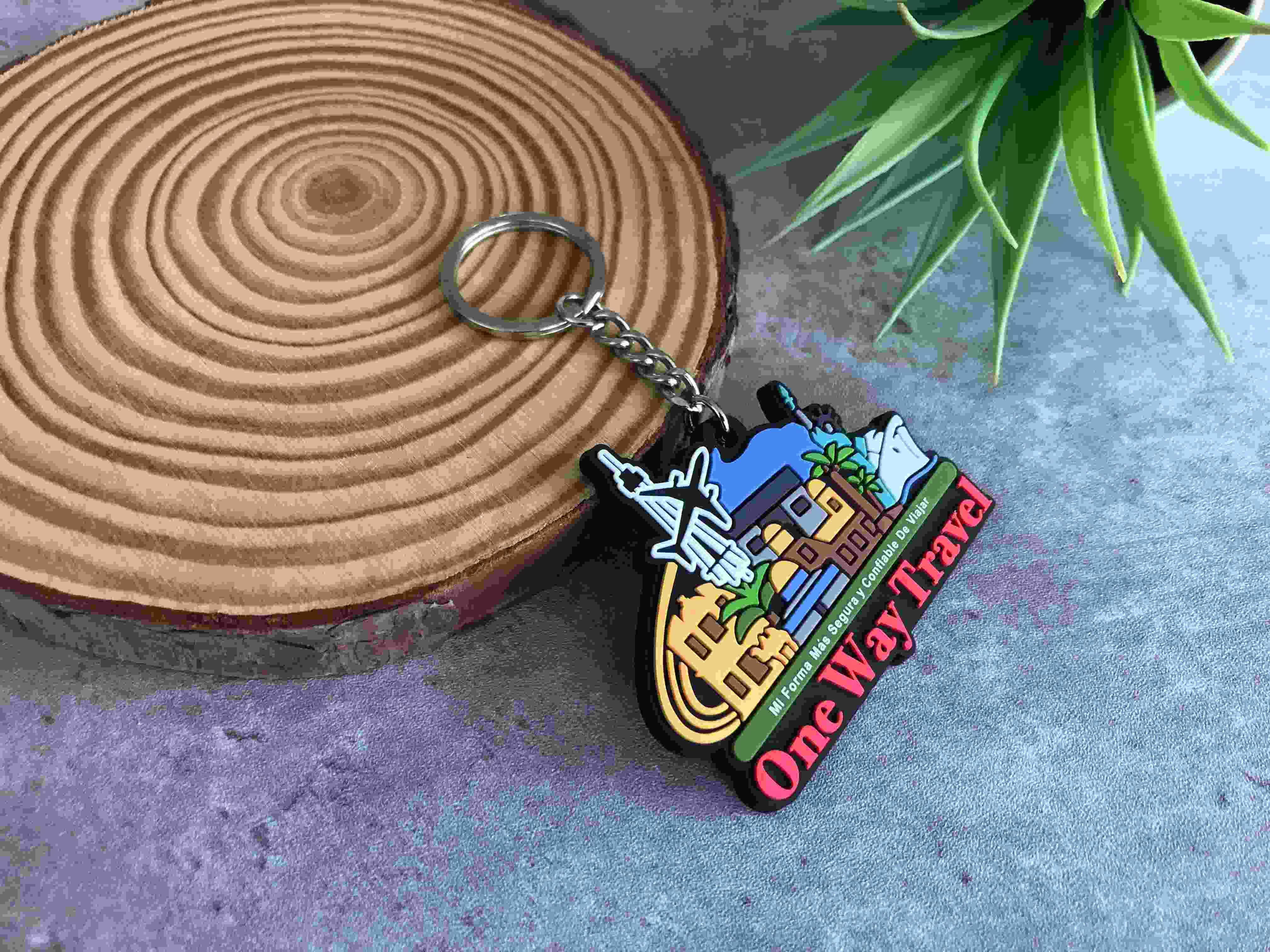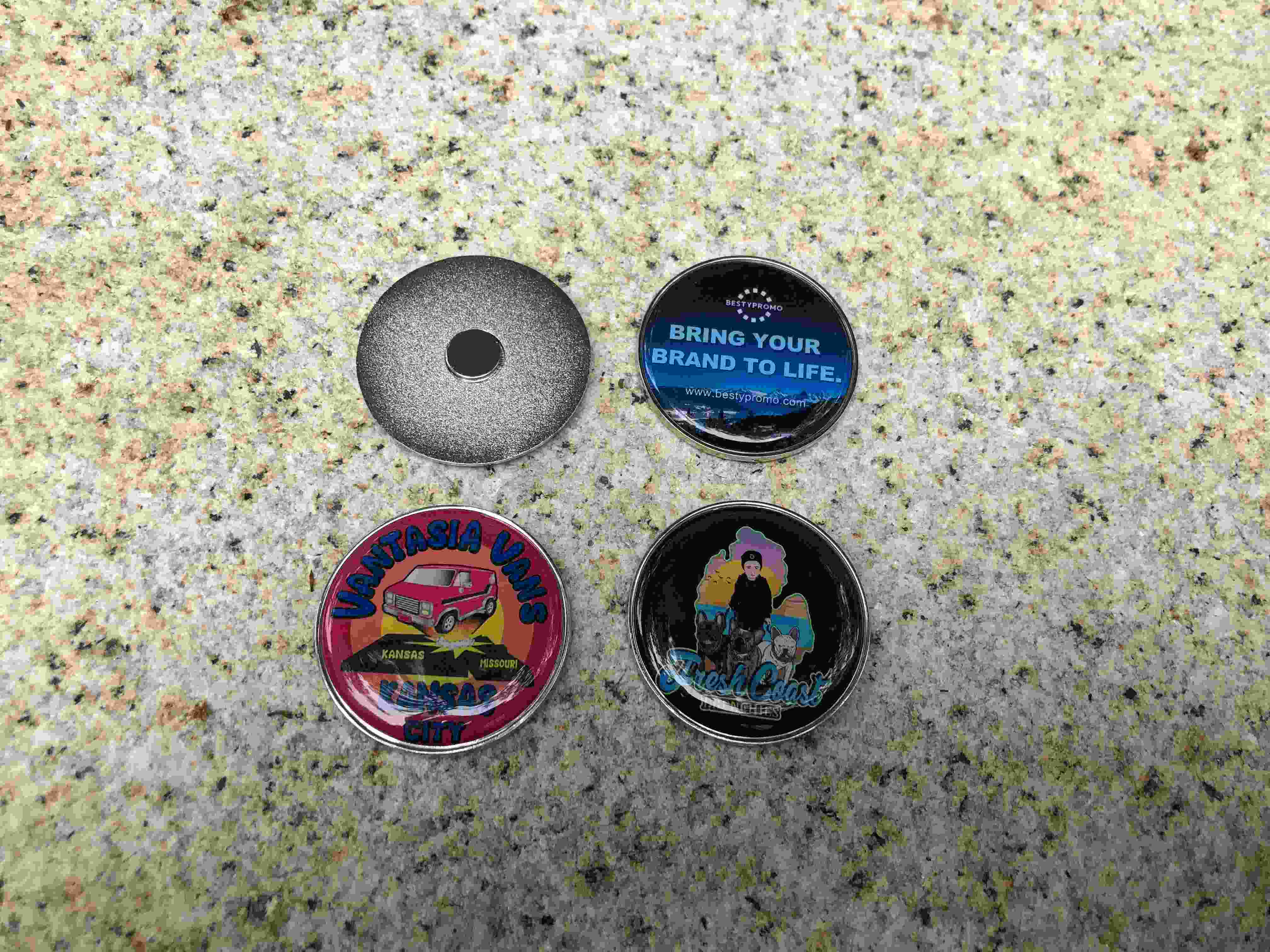Introduction
QR codes have become an increasingly popular tool for sharing information quickly and efficiently, offering a simple and versatile way to connect physical objects with the digital world. One innovative use of QR codes is embedding them into bracelets, providing a convenient, wearable form of data access. Whether it’s for medical identification, event access, or personal information sharing, QR codes on bracelets serve a wide range of purposes. This article explains the steps for creating a QR code for a bracelet using ME-QR, highlights the unique selling points, and reviews real-world applications.
Unique Selling Points (USP) and Features
Creating a QR code for a bracelet through ME-QR offers several advantages, making the process user-friendly and adaptable to various needs. The key features include:
Customizable QR Codes: ME-QR allows users to generate personalized QR codes with unique designs, colors, and logos, making them ideal for branding or personal use.
Dynamic QR Codes: These codes can be updated with new information without needing to recreate the QR code, saving time and resources.
Analytics and Tracking: ME-QR provides insights into QR code performance, allowing users to track scans, locations, and other valuable metrics.
High Compatibility: The generated QR codes can be scanned by any smartphone or QR code reader, ensuring ease of use for a broad audience.
Flexible Data Types: The platform supports embedding various types of data, including URLs, contact information, social media profiles, or emergency medical information.
Durable and Long-Lasting: QR codes can be engraved or printed on different bracelet materials, including silicone, metal, or fabric, ensuring longevity even with frequent use.
Meeting Market Demand
As the use of QR codes grows in sectors like healthcare, events, and marketing, the demand for wearable QR solutions has expanded. The global QR code market is expected to reach $13 billion by 2025, driven by increased smartphone usage and the need for contactless solutions. QR code bracelets fulfill a variety of consumer needs, such as quick information access, enhanced safety, and interactive experiences.
For instance, in the medical field, QR codes on bracelets can store critical patient information such as allergies, medications, or emergency contacts, ensuring that first responders have immediate access to life-saving details. Additionally, event organizers have adopted QR code bracelets to streamline entry processes, provide attendees with digital content, or even facilitate cashless payments.
Steps to Create a QR Code for a Bracelet Using ME-QR
Creating a QR code for a bracelet through ME-QR is a straightforward process that can be completed in a few easy steps:
Access the ME-QR Platform: Navigate to the ME-QR website and select the option to create a new QR code.
Choose the Data Type: ME-QR offers various options for embedding data, such as URLs, contact details, medical information, or event access links. Select the appropriate type of data you want to embed in your QR code.
Customize the QR Code: Personalize the QR code with custom colors, logos, or designs to match the bracelet’s purpose or branding. ME-QR provides multiple customization options to ensure the code fits seamlessly with the bracelet’s aesthetics.
Generate the QR Code: Once customized, generate the QR code and download it in the preferred format (PNG, JPG, etc.).
Apply the QR Code to the Bracelet: The QR code can be engraved, printed, or attached to the bracelet through various methods depending on the material and intended use. For long-lasting options, engraving on metal or laser printing on silicone ensures durability.
Test the QR Code: Before finalizing the bracelet, ensure the QR code works correctly by scanning it with a smartphone. Verify that it redirects to the correct information or URL.
Case Studies
Case Study 1:
A large marathon event decided to use QR code bracelets to improve the registration and check-in process. Each participant received a bracelet embedded with a unique QR code, containing their race registration and health information. The use of QR codes reduced the check-in time by 50%, while also providing a contactless experience that improved overall safety and efficiency for both participants and organizers.
Case Study 2:
In the healthcare sector, a senior care facility implemented QR code bracelets for its residents, storing essential medical data such as current medications and emergency contacts. The wristbands allowed staff to quickly access vital information in emergencies, resulting in a 25% reduction in response time during critical incidents, ultimately improving patient outcomes.
Industry Trends and Data
The adoption of QR code bracelets reflects a broader trend in wearable technology. The wearables market, which includes QR code bracelets, is projected to reach $118 billion by 2028. QR codes have become an integral part of contactless systems, especially during and after the global pandemic, where touch-free interactions became essential. This has driven the demand for solutions that provide instant access to information, from health data to event credentials.
Consumer preferences have also shifted towards digital convenience. A survey by Statista indicated that 46% of U.S. consumers have used a QR code within the past month, with this number expected to rise as QR code applications expand. QR codes provide a cost-effective, scalable solution for industries ranging from healthcare to entertainment, and bracelets offer a practical way to carry this technology in everyday settings.
User Feedback
Users across different sectors have praised the convenience and versatility of QR code bracelets. Event organizers, in particular, have reported increased efficiency in managing large crowds and tracking attendance, while healthcare providers appreciate the quick access to critical patient information. Additionally, individuals find QR code bracelets helpful for sharing contact details or social media profiles in casual settings. Feedback consistently highlights the simplicity and effectiveness of QR codes, especially when combined with wearable technology.
Conclusion
QR code bracelets, facilitated by platforms like ME-QR, provide a practical, secure, and versatile solution for sharing information across a wide range of applications. Whether for medical identification, event management, or personal use, these bracelets meet the growing market demand for efficient, contactless data-sharing tools. The ability to easily create and customize QR codes for bracelets ensures that this technology will continue to be a valuable resource in multiple industries.






